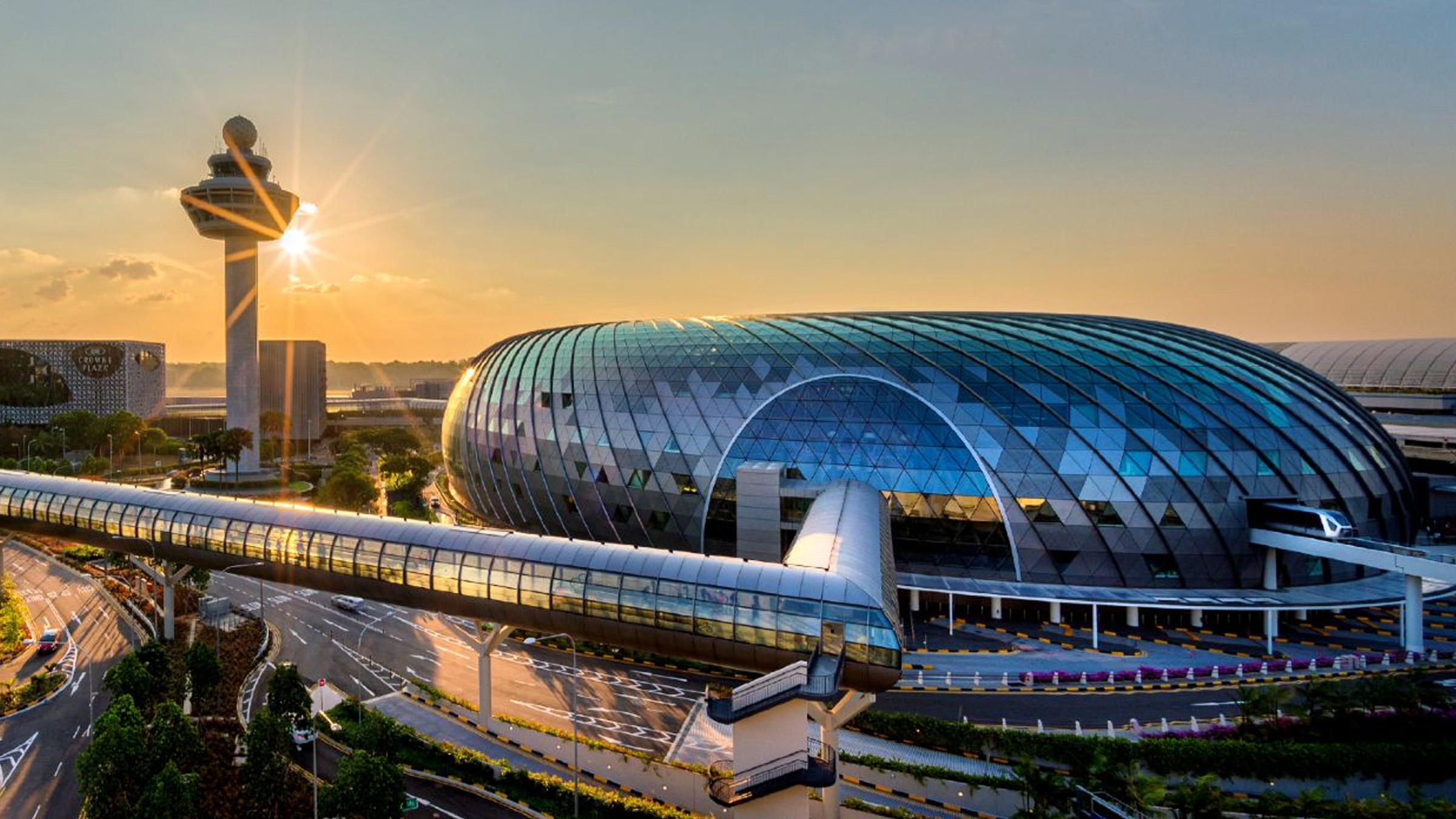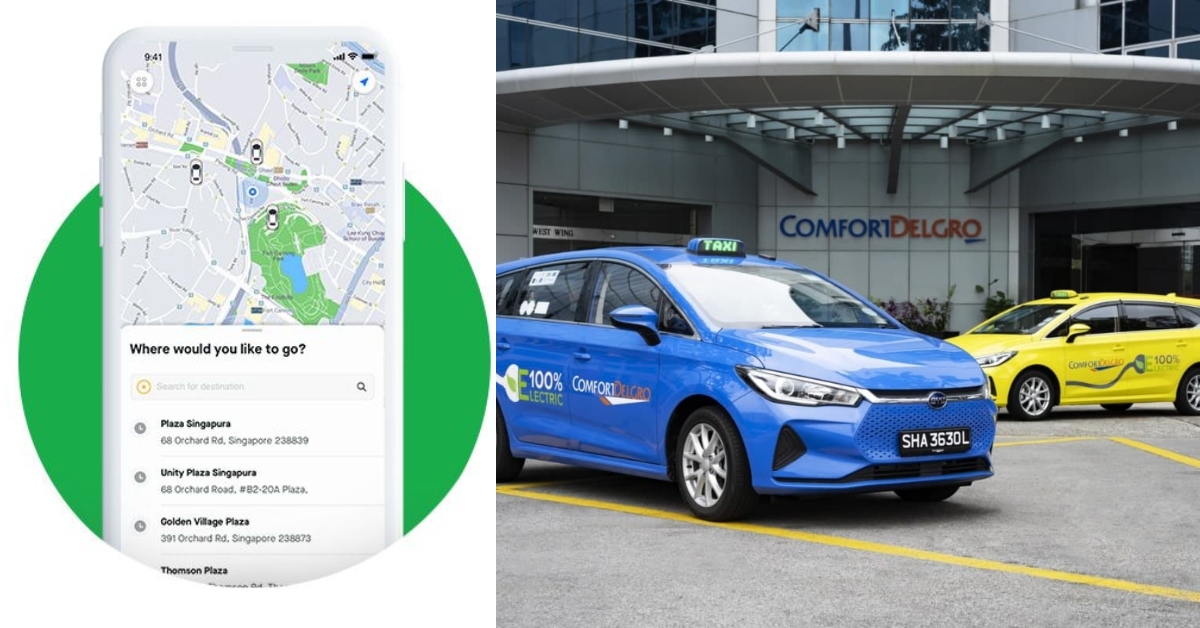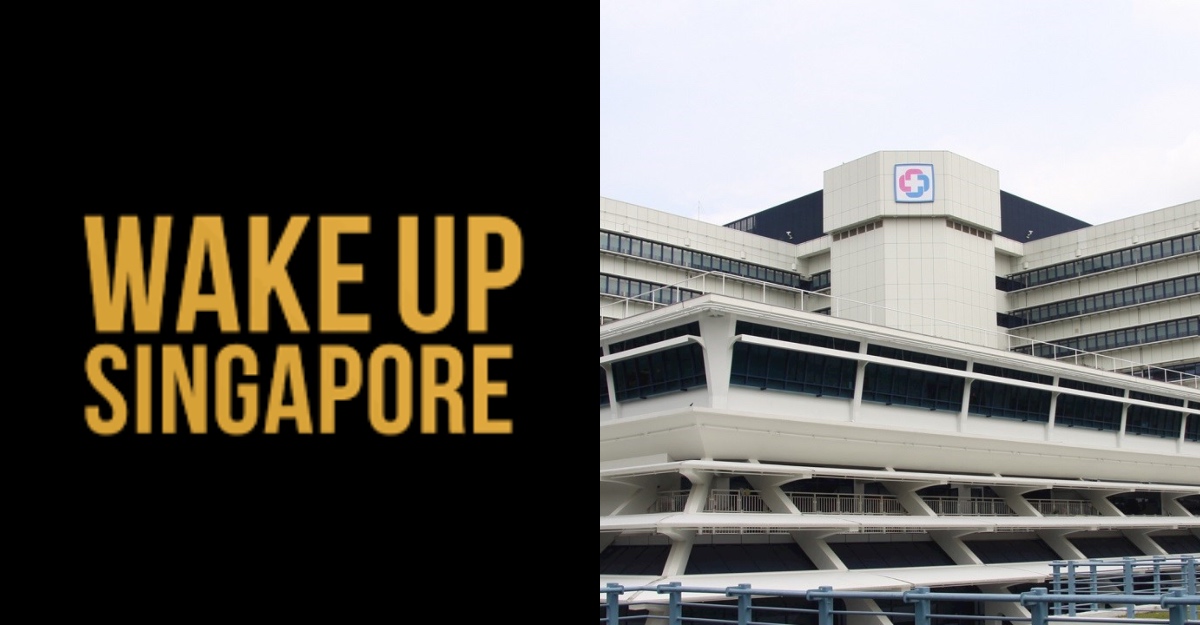Disclaimer: Opinions expressed below belong solely to the author
Not a day passes recently without reports of horrors faced by international travellers at airports in Europe and USA.
Thousands of lost bags, enormous delays, long wait times and even daily passenger caps, introduced recently at London’s Heathrow, are showing that the aviation industry in the West is ill-prepared for the resurgence of air travel.
Interestingly, this is despite the fact that, unlike the international hub in Singapore — which has no internal, domestic market to lean on — they have spent the past two years operating at a much higher capacity.
London’s Heathrow handled 27 and 24 per cent of its pre-pandemic passenger numbers in 2020 and 2021 respectively, while Changi was down to 17 and just four per cent last year.
In other words, while Singapore’s pride ground to a halt, Heathrow kept operating. Even if activity was considerably smaller, 20 million people per year is not exactly a tiny figure.
As such, one would expect both Western airports and airlines to be better prepared for the inevitable travel rebound that was expected once travel restrictions were eased, as they were very much in business during the past two years, what should have kept them better oiled and better funded as well.
And yet, both are struggling.

Admittedly, it may not exactly be apples-to-apples comparison. After all, passenger figures for June 2022 indicated that Heathrow reached 83 per cent of its 2019 capacity, compared to about 50 per cent for Changi.
But the fact is that problems already started manifesting themselves at the 60 per cent mark, which London’s flagship airport reached in April during the Easter bump in travel.
Despite these hiccups, and having a few months to mitigate them as well as trying to ramp up hiring as early as autumn of 2021, not only Heathrow, but other major airports in Europe and America, have failed to prepare for the surge in holiday journeys this summer.
From revival to leadership
Meanwhile, in Singapore, ambitions are higher than just handling post-pandemic revival as it is on its way to trounce Hong Kong and Incheon airports for leadership among the busiest hubs for international travellers in APAC.

Despite nearing completion of its third runway, Hong Kong is still virtually empty, restricted by Covid-19 regulations that have pretty much extinguished passenger traffic through the airport; and may have a lasting impact on its position, given that airlines are forced to reroute their connections via locations that are more predictable.
“The policies seem to have been almost designed to try to kill off Cathay Pacific and the Hong Kong hub.”
– Robert Boyle, Gridpoint Consulting
While Changi Airport is estimated to have handled a bit under three million passengers in June, Hong Kong recorded a a mere tenth of that, at just 295,000.
“We are in this situation where the difference in policies will determine whether an airport is in the 21st century or in the dark ages.”
– Mohshin Aziz, director of the Pangolin Aviation Recovery Fund
Meanwhile, Incheon — slightly ahead of Changi before 2020 — has only reached its first one million passenger month in June, while Singapore is already closing in on three million and growing.
Korea’s capital airport is an accidental victim of Russian invasion of Ukraine, forcing closure of Russian airspace to most airlines and prompting safety concerns from others.
While operators are rerouting connections via other countries, like China or Kazakhstan, the extra flight time of two to three hours may make them less competitive and dent Incheon’s use in favour of other airports.

Meanwhile, along with major players in the Persian Gulf, Singapore is the preferred nexus for travel between Europe and APAC, as well as out of Southeast Asia to America, with its direct flights to both west and east coasts.
It didn’t make the mistake Hong Kong is reeling from today and reopened as quickly as it seemed reasonable to, just in time for easing of travel restrictions by other countries, helping it attract both inward and transiting passengers.
At the same time, it kept employment relatively high and is now working to increase it even further. In terms of staffing, Singapore’s aviation sector is already at 80 per cent of pre-pandemic levels after adding 3,000 workers in the first half of the year and announcing recruitment of a further 6,600 in May.
It has also invested in improvements that contribute to overall safety to transiting passengers (like hospital grade air filters, purifying the air) as well as reduce reliance on human labour (cleaning robots, more self check-in counters, biometric scanners for passenger identification and so on).
In the meantime, Singapore Airlines, nation’s flagship carrier, absorbed heavy losses (though not without government’s support), while many of its competitors were pushed to the brink of bankruptcy.

Today, it has emerged as one of the healthiest, strongest and most active international airlines, dusting off even its massive A380s stored in Australian Alice Springs through the pandemic. As of now, despite there still being some distance to full recovery, already 81 per cent of its aircraft are operational, while other Asian carriers are merely resuming operations.
Thanks to this already-deployed capacity, it is able to provide more seats ahead of its competitors, offering passengers more options, reinforcing Singapore’s role as an aviation hub in the process, elevating not only itself as an airline, but Changi Airport as well.
Like every crisis, the pandemic killed off the weakest and reinforced the strongest, who are now in a position to pick up the market share left by the victims of the downturn.
This has a cascading impact on other industries, and the entire economy as well.
Since Covid-related restrictions impact not only the freedom of travel but other activities, Singapore is attracting events that would otherwise have taken place in, such as Hong Kong.
Conversely, its success in handling the virus, getting its population vaccinated, and keeping deaths to one of the lowest rates in the world, reinforces trust in the city-state and everything it has to offer.
Nietzsche’s old aphorism “what doesn’t kill me, makes me stronger” has proved to be true in Singapore’s case. It has not only survived the worst global crisis in a century, but is using it to become even better than it already was.
Featured Image Credit: Changi Airport








